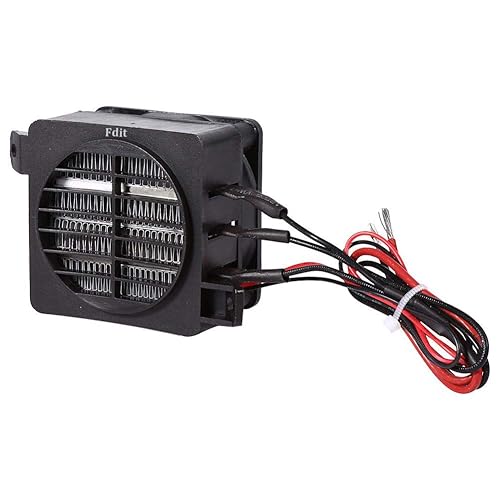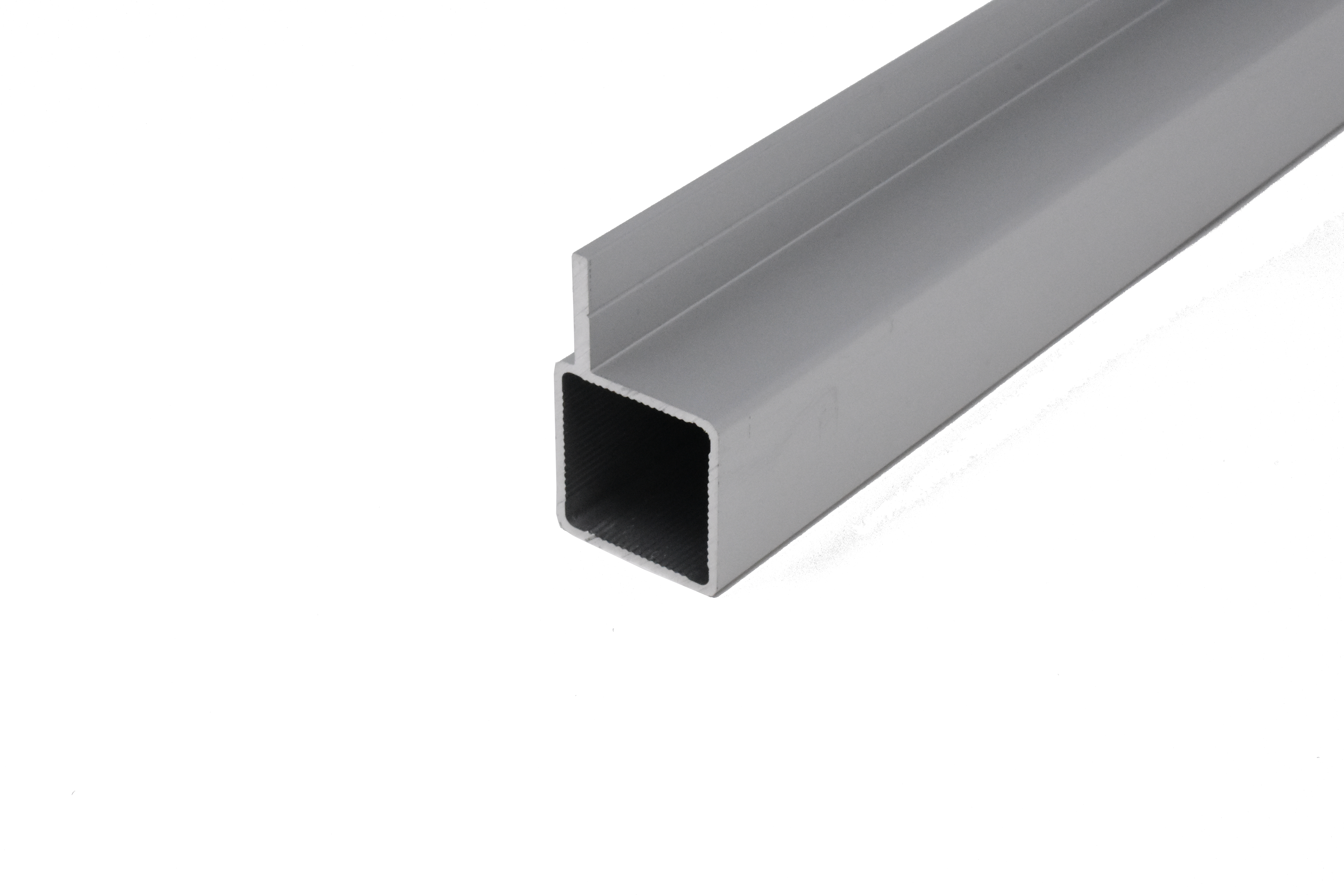Yea, shoulda known cheaper heating strips was a bad idea. Wired them in parallel and plugged in to a 12.22v brick, one curled up and died almost immediately.
The other three I tested for a long time stuck to 1/4" aluminum plate. They got extremely hot, as did the aluminum, so I figured that'd do the trick.
Not wanting to disassemble everything for better heater placement, I stuck the plate on one side of the can and let the thermostat code do its thing.
It took like 45 minutes to go from 68 to 70 degrees, drawing ~38w (12w per strip x 3) but I don't think it's because of the lack of heat, I think it's the fact that a static source can't easily warm an entire area without making the area it resides in 9000 degrees.
So for anyone reading this down the road, build a platform for your cells and slip a heat pad underneath. There are suitable options for an ammo can in the < 100w range and suitable dimensions, but they all seem to come from the orient. Literally couldn't find one with shipping quicker than December in 12v and < 10 amps (for the sake of my relay) that was the correct size.
So, what to do now? I found some chintzy 60mm heaters - literally a 60mm fan on a radiator that heats up. The 100w advertised units are typically 50w from reviewers, and the 150w advertised no one mentioned on actual draw. So I ordered one of each - if the 150w is 50% its rating it'll work fine. Will probably mount on one side of the can blowing to the other side (probes are all on opposite side of heater)
Since I'm tracking amps in through the MPPT and overall amps either in/out from the BMS, I realized I could do some calculations that a BMV won't do (despite the VE smart network stuff). This obviously only works if charging through MPPT, but I can track what's coming in, what's going out, and then what's either going in or out of the battery. I added a time til full / empty reading which is dead accurate when charging from a power supply as PV, as one would expect. Gray when discharging, blue when charging.
Long press on temp row brings up popup to pick when the heat operates, or disable completely, or run manually for 1 hour (which I'll use a lot in testing)
Long press on max pack|cell voltage box resets statistics on the microcontroller. Local toggles to remote and the other way around, so I can pull data from either source. Local refreshes every 3 seconds, remote every 20. Still a lot to do on it in the future but I'd rather just get to testing. Damn shame about the heating failure or I'd be getting out of town this weekend for an inaugural run.




